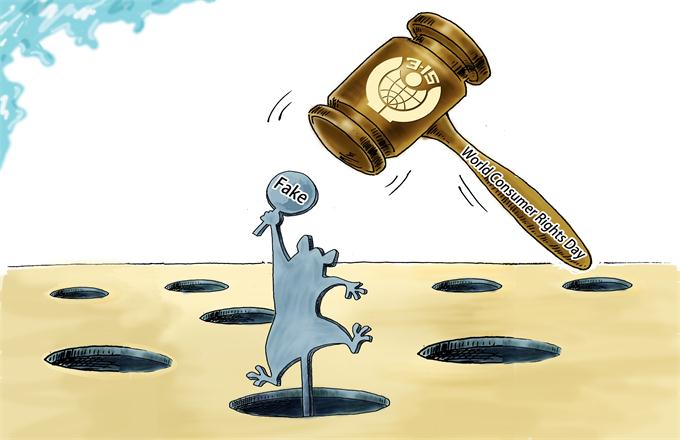Meeting new challenges
Further system reforms will enable China to overcome middle-income trap and push forward social progress
President Xi Jinping and Premier Li Keqiang represent a new generation of leaders, determined to continue and accelerate China's economic progress and social progress. They are smart, committed and articulate.
The preceding decade was one of stupendous economic performance: growth approaching and sometimes exceeding 10 percent, poverty receding, a growing middle class projected to grow from 230 million to 630 million people in a decade, and an national economy that is the second-largest in the world. Resilience in the post-crisis period has been impressive, and crucial to the broader pattern of resilience and partial de-coupling in the developing countries. China is an economic powerhouse, the dominant force for growth in the global economy at this point. The dream, expressed frequently by the incoming President, is to become an advanced, creative, innovative, and equitable economy and society.
Few doubt that this is possible. But there are major, surmountable challenges to achieving this goal. The growth and progress of the last decade were enabled by a combination of growing engagement with the global economy and major structural and system reforms put in place in the 1990s. There is a widespread understanding that the existing growth pattern needs to change in multiple dimensions, in order for progress to continue. Major system reform is needed to support the altered growth dynamics of a rising middle-income country.
China is in the middle-income transition in which growth takes average incomes from $4,000 to $10,000 per year. Most developing countries, even high growth ones, slow down and get stuck at this stage, although there are exceptions (the economies of Japan and the Republic of Korea). There are many reasons for this. Labor intensive sectors in the tradable sector lose their comparative advantage to other, earlier stage, countries and must be let go and replaced by functions and sectors with higher added value. Entry and exit of firms and innovation are important parts of the shift in productivity and dynamic efficiency.
In China's case, the demand side is equally important. Because of its scale, China cannot rely on external demand as a buffer against transitional shortfalls in domestic aggregate demand. Growth must be driven increasingly by domestic consumption and high return domestic investment. That means household incomes have to rise and the financial and investment systems need to change to enable demand and to screen out inefficient investment.
Some of the reforms for the new leaders will be expanding the scope of market determined outcomes and redefining the key elements of policy needed to move in that direction. Equally high on the agenda will be elements of the social agenda. And they are related. As the scope of the market expands, the natural turbulence of structural change and competition require the support of social security systems. Much useful experimentation and learning in a number of northern European countries will help with the design of social security programs that enhance rather than impede growth. Social security must not depend on protecting specific jobs and companies, whether they are State-owned or not.





















